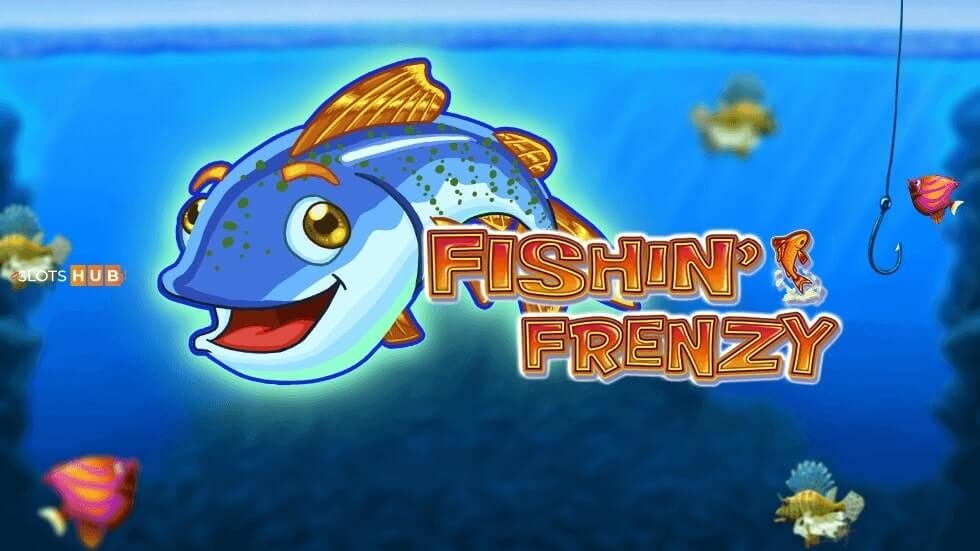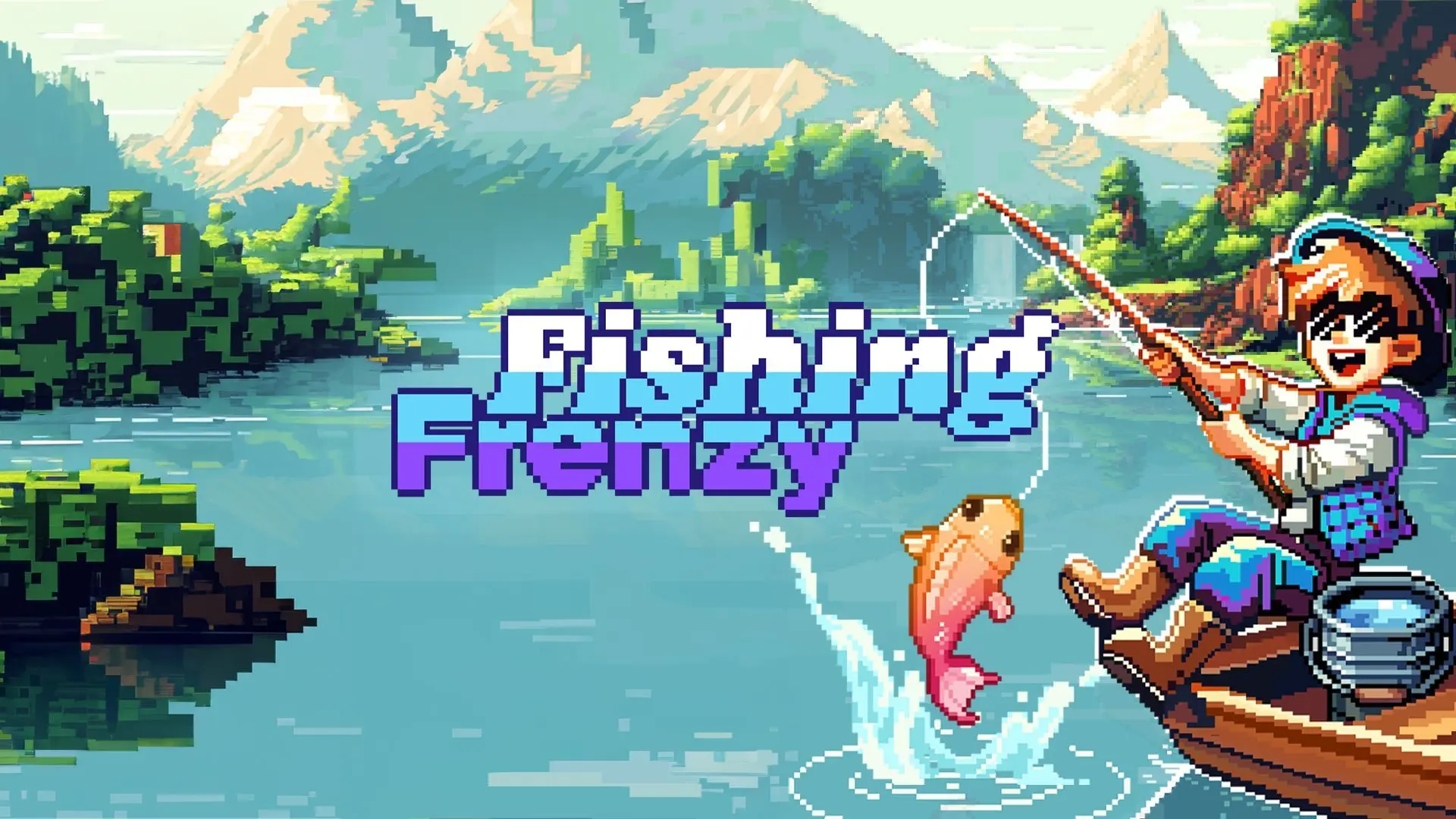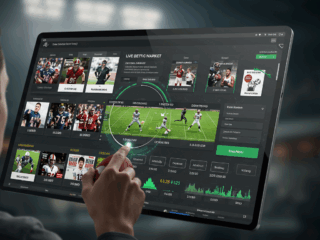
Startups chase attention like it’s oxygen. But attention isn’t enough—stickiness is. Gamification borrows from play to make products stickier, and it’s a scientific approach, not a childish one. Behavioural psychologists, game designers, and product teams have mapped how play triggers dopamine, driving anticipation, shapes habits, and creates social loops that keep people coming back. If you want users to return, learn, refer, or spend, study play. It’s that simple.
Why Play Works
Play activates predictable brain chemistry. Small wins, clear feedback, and rising difficulty create reward cycles that feel good and become habitual. That’s why leaderboards and badges work: they make progress visible and social. But it’s not just rewards. Good play also balances challenge and skill, keeps tension alive, and gives people agency. The sweet spot is where a task feels doable but not boring—this is the delicate balance needed for a state of ‘flow,’ where users are fully immersed and motivated to continue.
Game models like Fishing Frenzy illustrate how tension, timing, and reward cycles can be adapted to user engagement strategies. Imagine a product that dangles a timed bonus, then rewards careful timing with a meaningful prize. Users learn the rhythm quickly, they feel clever when they succeed, and they tell their friends. That’s the loop.
Practical Levers for Startups
- Clear goals. Don’t make users guess what success looks like.
- Immediate feedback. Celebrate tiny wins; it’s cheaper than you think.
- Variable rewards. Fixed rewards get stale. Surprise keeps curiosity alive.
- Social mechanics. Humans copy humans. Visible progress and friendly competition accelerate growth. For instance, seeing what friends have achieved can be a powerful driver of competitive spirit.
- Meaningful progression. Levels or status only work if they unlock value, not just vanity.
Start small. Add an in-app streak, a progress bar, or a shareable achievement. Measure lift in retention and referral. Iterate fast.
Where Founders Trip Up
A lot of gamification feels shallow—stickers for the sake of stickers. That’s a trap. Gamification fails when it’s bolted on as a growth hack rather than woven into core value. Users quickly see through contrived loops. Another mistake is ignoring fairness: games that feel rigged lose trust. Finally, privacy and ethics matter. Don’t nudge people to harmful behaviour just to hit a metric. Founders must ensure that their gamification mechanics enhance well-being and productivity, not exploit cognitive vulnerabilities.

So how do you avoid the pitfalls? Start with the user’s job to be done. What behaviour genuinely benefits both user and business? Design play around that. Test for delight, not just clicks.
Real Examples and ROI
Across fintech, education, and fitness, startups use play to accelerate learning and retention. In edtech, adaptive quizzes and badges increase course completion. In fintech, goal-based saving with celebratory micro-rewards nudges better habits. The common thread is deliberate design: these aren’t gimmicks, they’re systems tuned to human motivation.
You don’t need a huge budget. The early wins are often UX-level: clearer goals, tighter feedback, and a single well-timed reward. Those changes compound.
A Final Thought
Gamifying growth isn’t about turning everything into a game. It’s about understanding what makes play persuasive—curiosity, competence, connection—and using those principles thoughtfully. Play can feel messy and human; embrace that. Iterate, break things, and listen to users. They’ll tell you what’s fun and what feels cheap.
What’s the smallest playful change you can launch this week? Try it, watch what happens, and tell us about the results.



